Guitars
&
Guitar Building Blog
The more you know about your guitar the better an artist you will become...Knowlage is Power
Tone Shaping
Great acoustic guitar sound is not a mystery and sitting on your guitar stand may be the guitar you are so desperately searching for
"I build for sound" has been my call to arms for nearly 20 years now. One would think that great acoustic guitar sound would be the goal of every maker of guitars, no matter what size the company is. The simple truth is that, in many cases, sound becomes less of a concern the larger a company becomes. The reason being that high production guitar manufacturers process so much tone wood that wood selection is based primarily on factors with little or no consideration for tonal qualities or the strength of each and every piece of guitar wood. Generally, the next piece of wood is pulled off of the shelf and a guitar gets built to the same specs as the last one. This would be fine if every piece of wood were the same as the last but this is almost never the case.
Voicing (or Tone Shaping) an acoustic guitar begins with choosing the right tone wood. Having sold tone wood to high end builders for many years, I can tell you that finding premium tone wood is like a cosmic egg hunt. Even though we cut our own guitar sets, I may have to tap tone (listen to the ring of the wood) several sets (cut from the same board) just to find one that will meet my standards for a quality sounding guitar. With guitar top plates I find myself lucky to get 1 usable set in 25. Choosing the right back and side set, then matching that set to the right top is the first critical process of voicing a guitar.
Once the best wood choice is made, we can move to determining the thickness based upon strength and the tap tone as we proceed through the thickness sanding process. Species of wood will also have an impact on thickness as some species are more prone to splitting or cracking and this, like many other factors, should be considered.
Once we get the thickness to our liking we focus on the bracing. The tinsel strength of the brace wood will help determine the amount of actual wood that we leave on our brace wood. Generally spruce is used for brace wood as it is light, strong, stable and pliable. Bracing will have a very noticeable impact on the sound of your guitar. When we Tone Shape a guitar for a customer, we scallop the top bracing as part of the process and the difference is usually night and day just from the scalloping alone. On a new guitar build, bracing can be even more fine tuned to the guitar top if worked properly and placed. Bracing pattern and layout is critical for sound and has led us to having developed our own system.
